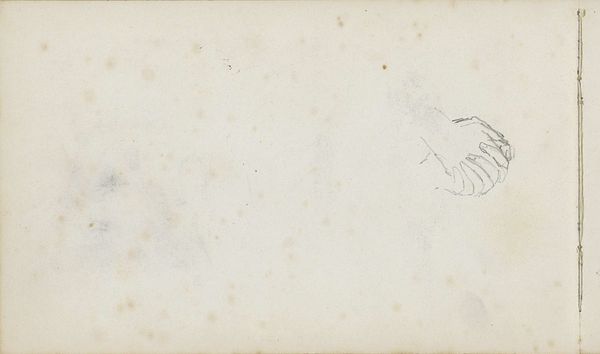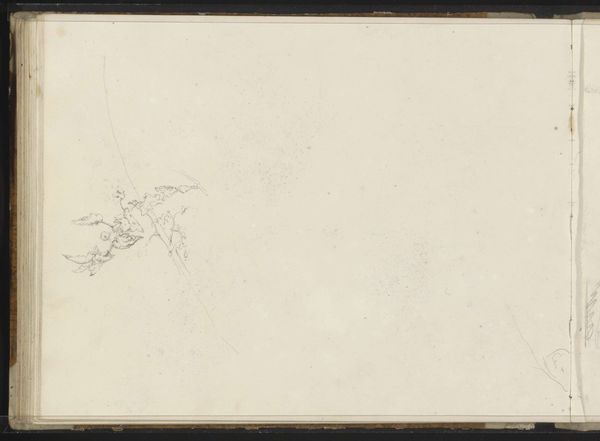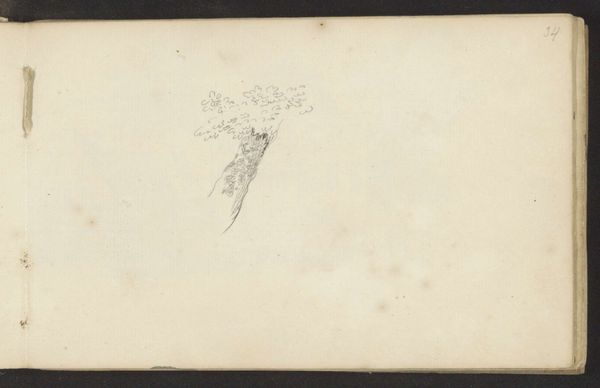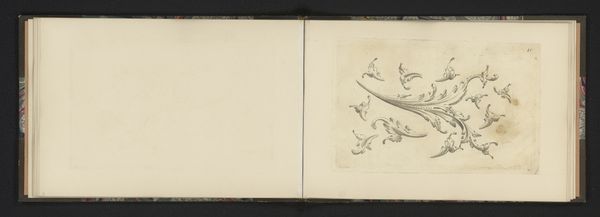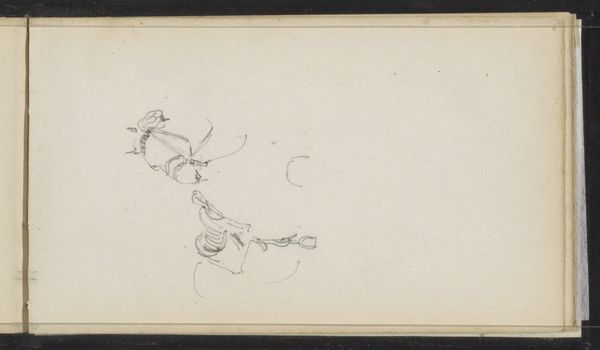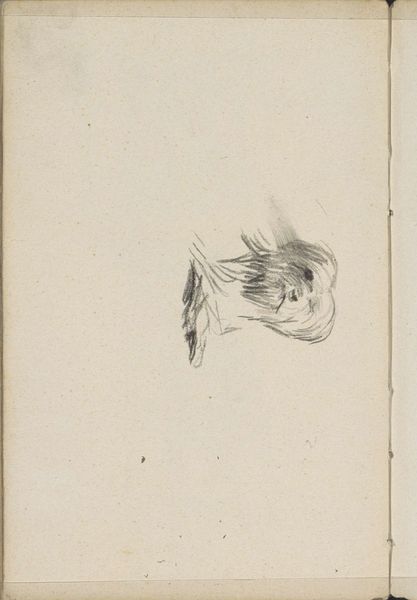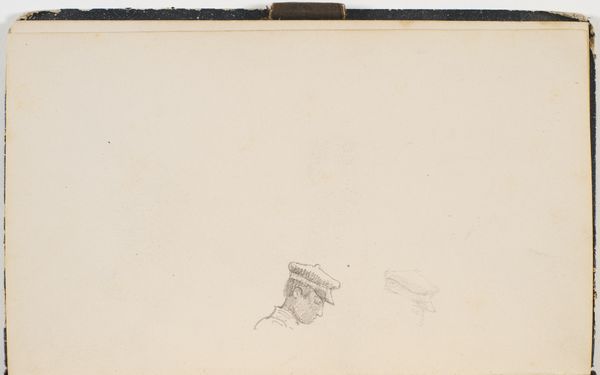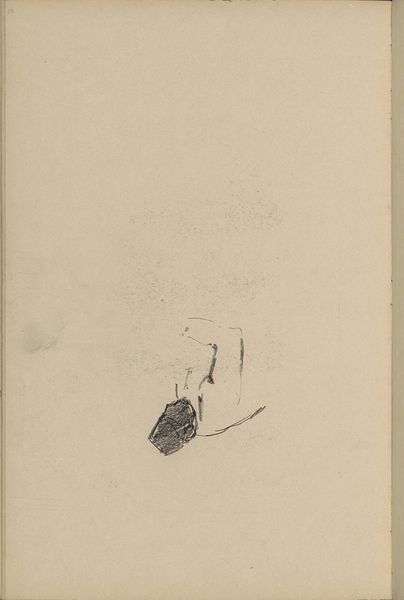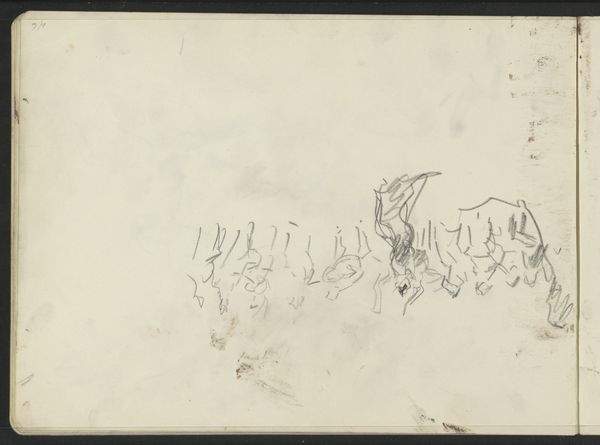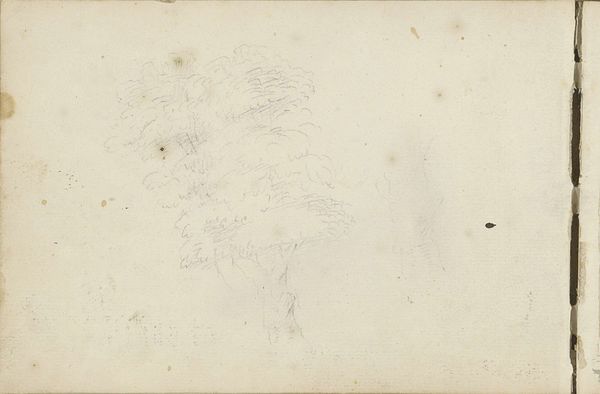
drawing, paper, pencil
#
portrait
#
drawing
#
landscape
#
figuration
#
paper
#
coloured pencil
#
underpainting
#
pencil
Copyright: Rijks Museum: Open Domain
Editor: So this is "Struiken en een vrouwenportret," or "Shrubs and a Woman's Portrait," by Maria Vos, dating from the 1870s. It's a pencil drawing on paper, currently at the Rijksmuseum. It looks like a page from a sketchbook. There is something intriguing and ghostly about the faint sketches. What do you see in this piece, from your perspective? Curator: I see a dialogue, Editor. A quiet conversation between the internal and external worlds, visualized on a single page. The "shrubs," rendered as a kind of landscape shorthand, evoke the external world, perhaps even a specific place holding meaning for the artist. Then, the woman’s portrait – turned inward, introspective. Her gaze isn't outward; she's caught in thought. It’s a compelling pairing. I'm curious; what emotions does this pairing evoke in you? Editor: It makes me wonder what she was thinking about at that moment. What connects her internal world to the shrubs outside? Maybe she feels trapped, with the plants like bars. Or maybe they are beautiful, and give her hope. Curator: The possibility of both containment and aspiration interests me. Consider that shrubs, as liminal forms between cultivated garden and untamed nature, could also symbolize a threshold. A point of transformation. The act of placing the portrait alongside this potentially symbolic "landscape" creates a richer narrative, suggesting her contemplation might center on change or a significant moment of transition in her life. We bring our personal experiences to images, investing them with meaning beyond what’s depicted. Does it shift the symbolism for you to view the objects themselves as potentially representational of something other than exactly what is pictured? Editor: Yes, that's a different way of looking at it! So it is more than just a woman in a place but the ideas themselves, placed in relation to each other. I'll remember that when viewing artworks. Curator: And I'll remember your feelings of enclosure versus possibility! It is what makes art a cultural touchstone, no? The way a single work contains multitudes and changes for each viewer, decade after decade.
Comments
No comments
Be the first to comment and join the conversation on the ultimate creative platform.


